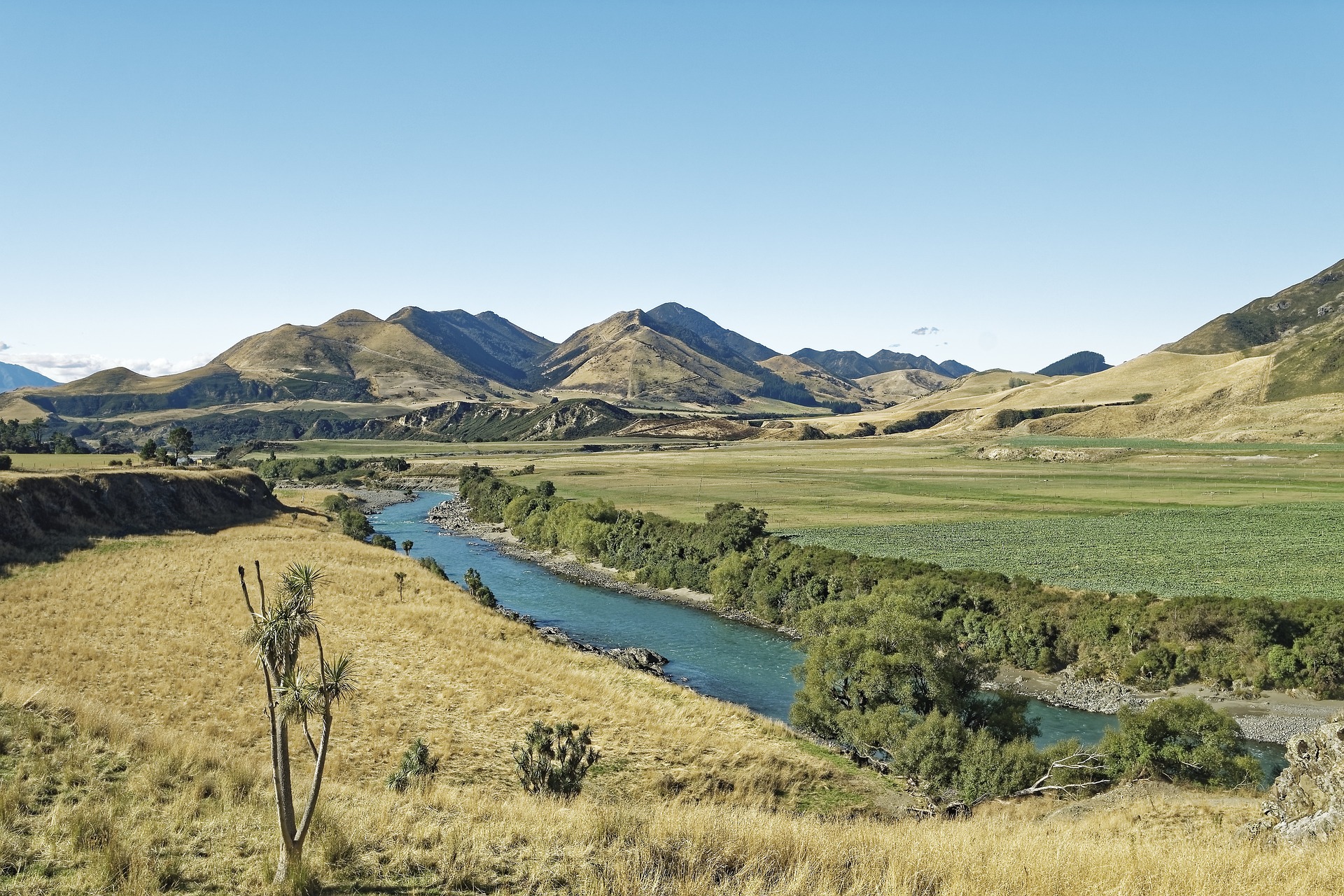
Ōtautahi – Most New Zealand’s rivers and lakes in pastoral, urban and non-native forested areas are polluted above water quality guidelines, despiiteAotearoa’s 100 percent pure clean green image.
Waikato’s Lake Waikare is ranked as one of the most polluted lakes in the world and its waters channel into wetlands including, Whangamarino every time there is a storm.
Environmental testing has found Aotearoa’s rivers and lakes in low lying areas are generally in a bad polluted state.
Land, Air, Water Aotearoa (LAWA) , is a collaboration between regional councils, government, and science organisations which has released monitoring results for 1727 rivers and lakes.
In their analysis, LAWA has found 82 percent of monitored lowland lakes are in a poor or very poor condition, meaning they are nutrient enriched with an increased likelihood of algae bloom events.
On the other hand, New Zealand has got some of the clearest and best quality water in the world, but these areas are very much under pressure.
Globally, things are worse with a water crisis in so many countries. The UN sustainable development goal #6 calls for sustainable management of water.
No country, no company, can deal with the water shortage issue by itself, because it is such an interconnected resource, the World Economic Forum says.
Climate is front and centre, and there’s potential to leverage a lot of that. While water can benefit from increased awareness around climate issues, approaches to solving the water crisis needs to improve.
Behind New Zealand’s clean and green image are freshwater rivers among the most polluted in the developed world.
A government report has found nearly 60 per cent of the country’s rivers carry pollution above acceptable levels, with 95 to 99 per cent of rivers in pastoral, urban and non-native forested areas contaminated.
Governments have been pushed back from one of the country’s biggest polluters, the dairy industry.
New Zealand’s pollution problem is pitting two of the country’s most valuable assets against each other: its global reputation as an unspoilt wilderness and its most lucrative export dairy.
New Zealand’s irrigated land doubled in the 15 years from 2002 and now takes up half of the country’s freshwater use. Nowhere has the increase been as pronounced as in the
Canterbury region. A government report has found Canterbury accounted for 64 per cent of New Zealand’s irrigated land in 2017.

